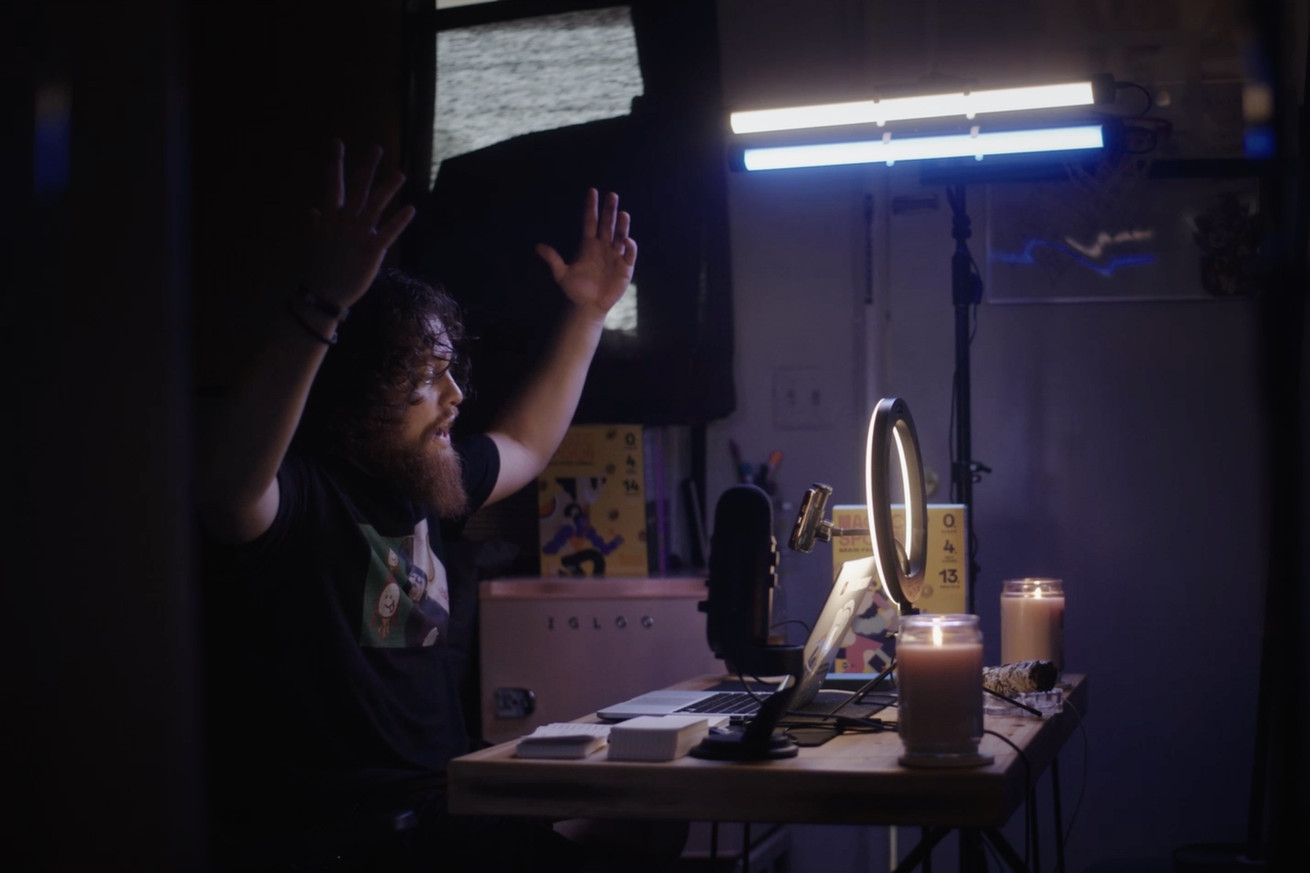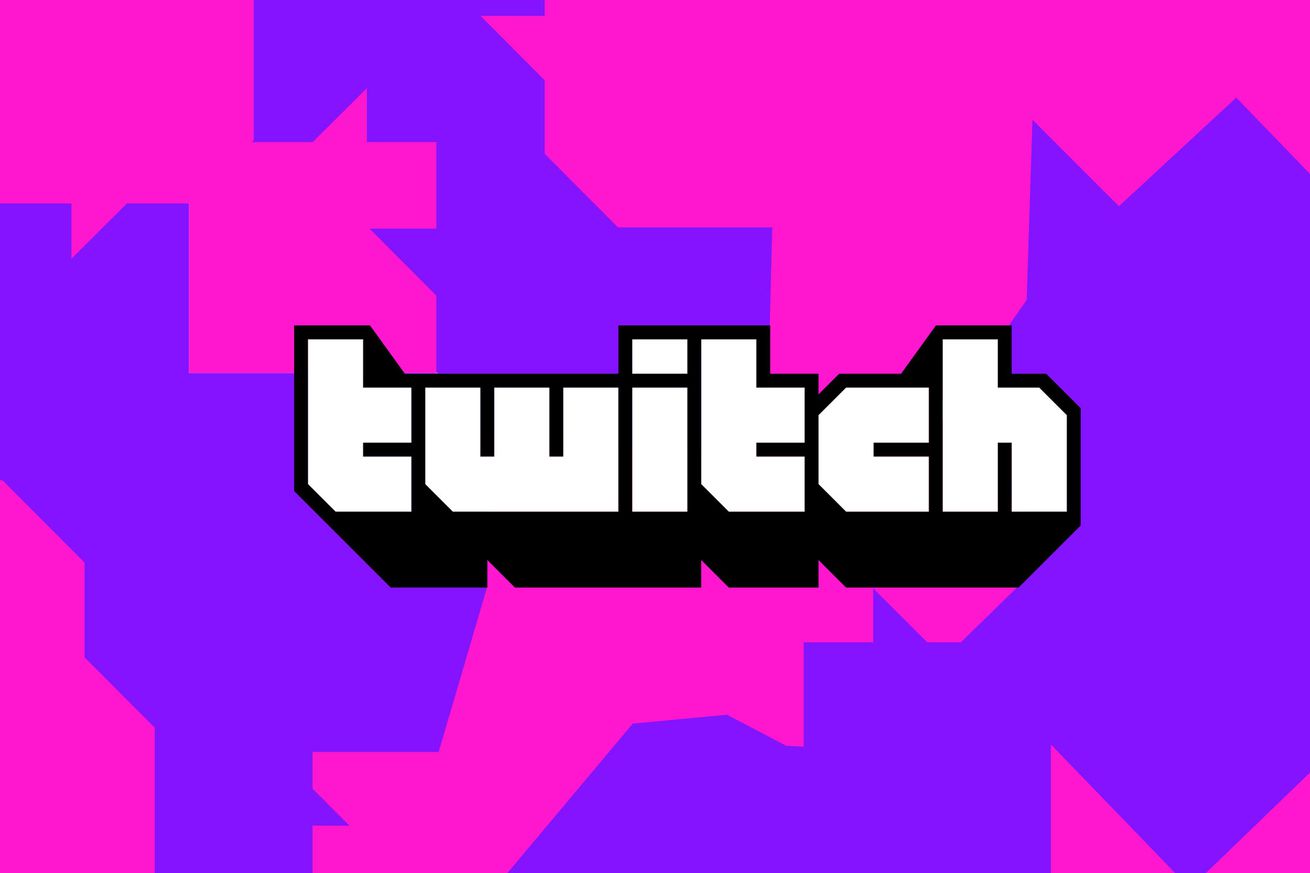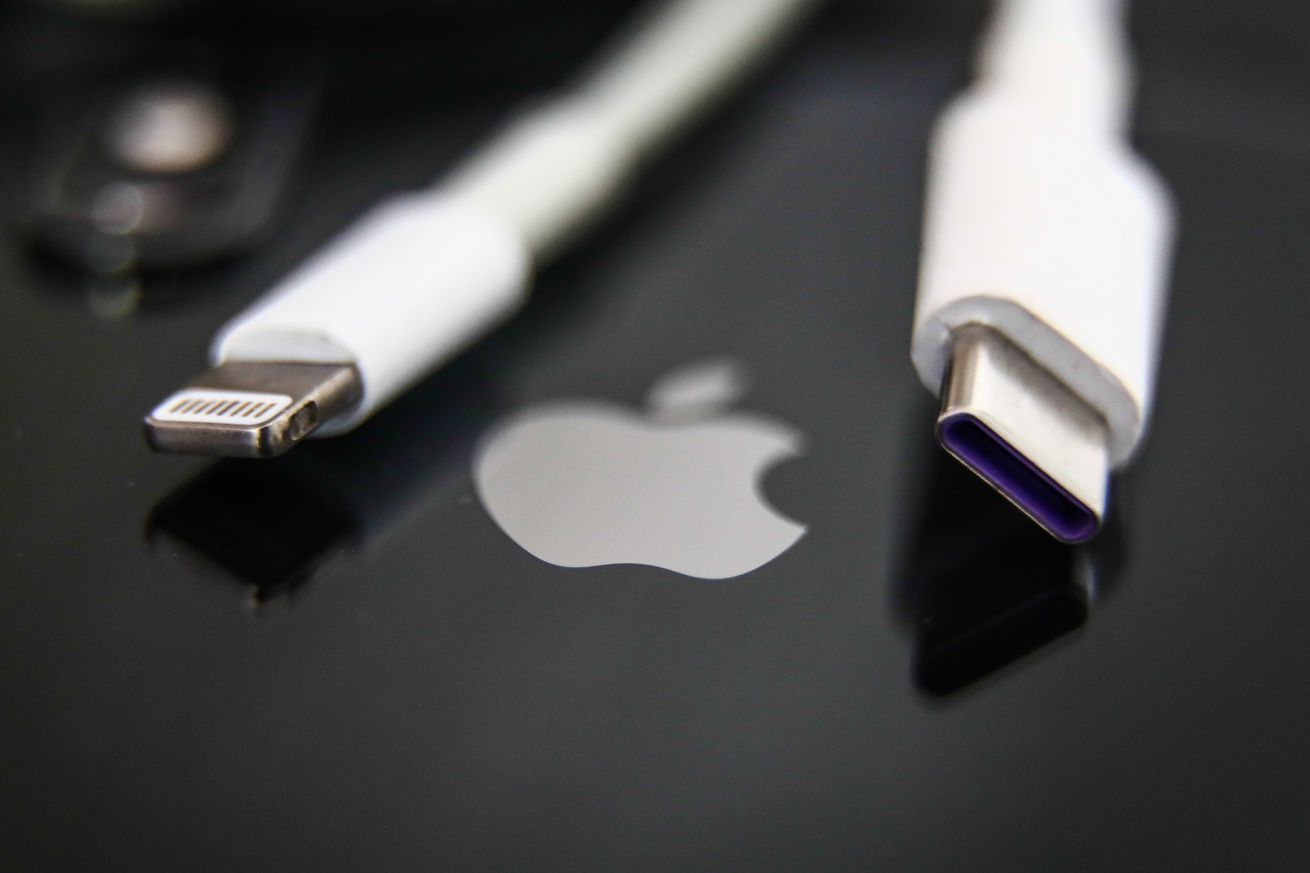
TikTok’s dissociative identity disorder community thinks doctors don’t know what’s going on. Some doctors feel the same about them.
Earlier this year, Dr. Matthew A. Robinson — a clinician and researcher at Harvard Medical School’s largest psychiatric facility, McLean Hospital — delivered a lecture to a room full of his peers.
His concern was palpable at the outset. “We have been inundated with referrals and requests from schools, parents, and our own adolescent treatment and testing services to assess for symptoms of what [patients] call DID,” Robinson said.
DID, or dissociative identity disorder, is a mental health condition that was previously known as multiple personality disorder. It is thought to be an extremely rare response to prolonged abuse experienced in childhood, often at the hands of a caregiver, and causes people to experience several distinct and separate states of consciousness as if they are multiple different people sharing the same body and mind. Its existence has been debated by academics for years.
Robinson’s lecture, however, was not about the existence of DID. Instead, it was about a new challenge for the clinicians like him that treat it: TikTok.
The social media platform is home to a community of people with DID, who are known as “systems” — a name that signifies their status as several distinct identities, called “alters,” sharing a single body. On TikTok, systems have posted videos about their experiences with the disorder, which have become popular with teenage audiences and attracted more than 5 billion views.
It was TikTok, in Robinson’s eyes, that was driving the sudden rise in pediatric DID referrals. “It’s possible that social media is revealing new ways for individuals with genuine DID to express themselves,” he said in his lecture. But he also issued a warning: “however, it’s also very possible that social media and internet trends are contributing to increased DID claims that are not genuine.” That is, people claiming to have DID might be mistaken, confused, or simply faking it.
Robinson — a member of McLean Hospital’s trauma research program, which delivers specialized care to people with dissociative disorders — said he could not accurately diagnose anyone through social media at the outset of his talk. Still, he used TikToks to illustrate his points. He started with a clip of a rainbow-haired DID system purchasing a personalized cake to celebrate their official DID diagnosis, something Robinson thought was “surprising,” as it contrasted with the typically “hidden” nature of the disorder. He shared footage of a system cycling through eight elaborate neon outfits — complete with wigs and cat-like paws — attributed to their different alters, “overt changes” of appearance that Robinson felt were “not characteristic” of the DID patients clinicians see each day.
Robinson theorized that members of DID TikTok, and the young people being influenced by them, were exhibiting symptoms of “imitative DID,” a form of malingering where people pretend to have the dissociative disorder for attention or status. He closed his lecture with a TikTok of a system playing Guess Who? with their husband. They were using the board game to help him figure out which alter was currently “fronting,” or controlling, their system’s body. “I have a number of my own patients who I treat for DID and have always understood their experiences to be genuine,” said Robinson. “They look and act nothing like the sensationalized [social] media representations created for entertainment purposes.”
DID creators on TikTok, however, felt that Robinson was missing the point. Jenna Kraft, a 41-year-old author and host of the Gianu System, was the creator shown playing Guess Who? with her husband in Robinson’s lecture. “In the description of my videos it says, ‘this is a dramatic representation of our actual conversations,’” Kraft says. “Someone in the comments called it ‘edutainment.’”
Kraft — whose alters include JA, a man-hating lesbian, and Kaleb, a hat-loving teenage boy — says Robinson’s presentation was distressing to her system and the other influencers he featured, who faced waves of abuse off the back of his lecture. “I have screenshots of someone coming onto my page to tell someone they shouldn’t believe me because this doctor says I’m faking,” she says. “People were given a license to hate.”
DID creators and their fans lashed out at Robinson in response. They felt the lecture discredited their experiences and further entrenched stigma against people with the disorder. Actress AnnaLynne McCord, who came out as a DID system in 2021, called the lecture “asinine” and “crazy.” Systems began to “review bomb” McLean Hospital, where Robinson works, leaving comments on Google about the “unethical” and “disgusting’ presentation. A petition was circulated calling for a “formal apology” and “reparations” from McLean Hospital as well as a wide range of trauma experts; another petition called for Robinson’s license to be revoked.
In the end, McLean removed all videos of Robinson’s lecture from its owned channels, but the fallout has continued. Academics involved in the space are scared to speak further about the issue of imitative DID. “I would rather not give this more publicity,” said one off-record academic, who — like many other clinicians involved — ignored or declined The Verge’s requests for an interview. “I do not want to make any enemies.”
Robinson, his peers, and the creators of DID TikTok are now at odds over the difficult question of what’s real and what’s just a new way of discussing challenges around mental health. Academics and clinicians think unrealistic and possibly even fake depictions of DID are influencing young people to self-diagnose themselves with or imitate the disorder. The creators on TikTok, on the other hand, think their community is building a new understanding of DID through social media — and causing its presentation to evolve in real time.
Experts have raised the alarm around TikTok and its impact on self-diagnosis for several years now, especially in the context of mental health and neurodevelopmental issues. In 2021, The Wall Street Journal reported on research suggesting that young women were developing Tourette syndrome-like tics from the platform, and earlier this year, the BBC reported on the potential for inaccurate ADHD self-diagnosis through TikTok. Some writers have attributed the rise in interest around mental health conditions and neurodevelopmental disorders to the “trivialization” of conditions like autism on TikTok, where they are reduced to appealing or even trendy personality quirks. Others believe it’s happening because of the platform’s potential to rapidly spread mental health misinformation. The end result is the same either way: a rise in self-diagnosis, conducted largely under the guidance of Dr. TikTok rather than the assessment of a clinician.
Of course, this isn’t necessarily a bad thing. Many women — who often exhibit neurodivergent traits differently than their male counterparts — feel that TikTok helped them to pursue accurate diagnoses of autism or ADHD after years of misdiagnosis. Videos created by people with disorders like schizophrenia are littered with grateful comments from people who feel seen, represented, or better connected to loved ones with the disorder. The platform has broadly been celebrated by its users as a place where mental health can be discussed openly and even destigmatized.
TikTok declined to comment on the details of this article. A spokesperson declined to be quoted on the record while discussing how TikTok handles videos about medical misinformation.
/cdn.vox-cdn.com/uploads/chorus_asset/file/24811504/Jesse_Zhang_TikTok_Spot_1.jpg)
As a result of this reduced stigma around mental health — at least in certain online communities — the way that conditions like dissociative identity disorder appear online has started to look very different to what clinicians are used to. On DID TikTok, some creators present their alters as having unique and distinct genders and styles, like the Winter System, whose alter Mason uses an ice-blonde wig, electric blue-colored contacts, and drawn-on face tattoos to make himself feel more at home in the system’s body. Others, like @kyaandco — also known as DissociaDID on YouTube, where their system has been posting about DID for the last five years — take a more artistic approach, using short dance videos to contrast and explain how two of their different alters feel about sex and sexuality. One of the biggest influencers in TikTok’s DID community, the A System, has shared livestream footage in which two of their alters — Asher and April, who each have different genders and senses of style — argue over how their body should be dressed and even use name tags to help viewers keep up with who is fronting at any given moment.
According to Asher, an alter in the A System, the props that his system uses for videos — like certain hairstyles or wigs to signify the presence of sassy female alter April or cat ears as a shorthand for anime-loving teenage alter Art — are purely for the benefit of their audience. “When we use things like cat ears, it’s because we’re talking to an audience online, and it’s easier to explain what’s going on in our head. We don’t do that in our day-to-day lives,” says Asher, who creates and posts most of his system’s social media content. (The A System’s alters share the body of a 33-year-old man named Chris, live in Ohio, and have over 1 million followers on their shared TikTok account.)
Asher believes clinicians are overlooking a key issue when criticizing systems’ collective online behavior: they have finally found a sense of community and (virtual) confidence. “The people in charge of researching this need to realize that people with DID are no longer afraid to present themselves,” he says. “They are no longer forced to be silent, and they’re not going to be.”
Veteran systems feel that DID’s fantastical online presence is a symptom of progress rather than a signifier of social contagion or malingering. The Stronghold System, founder of DID advocate group The Plural Association, tells The Verge that when they were diagnosed with DID a decade ago, the lack of available information made them scared of themselves. “Now, when you type in dissociative identity disorder, and you see all these systems with shared experiences, it shows you it’s not the end of the world,” says Stronghold, whose body is 35 and lives in the Netherlands. (They asked The Verge to quote them as a system rather than the individual alter that was fronting at the time of their interview.)
Stronghold also pointed toward the nature of social media content to explain the difference between systems in clinical settings and online. “It might seem like six different alters are all talking in the video — but many people film for three weeks and then put it together,” they say. “I do feel like [researchers and doctors are] not understanding social media culture, and how people present differently outside of a clinical setting. Systems present differently when they’re not in crisis.”
Some researchers see a positive pattern emerging from the reduced stigma around mental health on platforms like TikTok, which has created more room for people with mental illness and neurodivergencies to explore their identity and bond with each other over shared experiences. “Illness has always been stigmatized or something that people experience in private, and there’s been no community space to explore what that is as an identity,” says Amanda K. Greene, an interdisciplinary researcher at the Center for Bioethics and Social Sciences in Medicine in Michigan. “There’s more space for that [exploration] to be tenable online.”
Greene published research earlier this year on the creative ways in which the DID community enacts their identity through TikTok, highlighting how insider humor and comedy are a large part of how systems perform connectivity with each other. She believes it’s important to examine such videos in context — as entertainment on social media — rather than taking them at face value. “I think sometimes when we’re looking at social media, there can be this misunderstanding that offline experiences just get sort of picked up and transported online,” Greene says. “But the way that people are experiencing their identities and illnesses is very much tangled with the platforms they’re talking about them on.”
Of course, not everyone on the internet is being completely honest about having DID. In recent months, anonymous confessions have started to pop up across the internet, made by young people who claim they faked DID for attention, usually across a number of years and almost always between the ages of 11 and 17. In one TikTok video, which has been viewed more than 200,000 times, a young person shares the “fake” DID alters they created and sketched for themselves in 2021. In a separate series of clips, someone who claims to have been popular among DID communities on Tumblr in the mid-2010s gave a full account of the years they spent faking DID online for fun and attention. Many more people have come forward on Reddit claiming to have created fake alters with disabilities, pretended to have alters based on YouTubers, made up trauma to justify having DID, or even used DID as a way to get out of taking responsibility for their actions.
Some of the accounts of DID fakery stretch back to Tumblr and other pre-TikTok social media platforms, which may support the idea that the present academic discourse around DID TikTok amounts to a moral panic. “Clearly, it’s not TikTok that causes imitative DID,” says Stronghold, who pointed to research published between the late 1980s and 1990s that examined imitative DID, long before social media existed. “The term has been around for a while.”
Systems are also acutely aware that people faking DID do appear on TikTok. “Are there people faking DID online for attention? Yes. 100 percent. But real recognizes real,” says Asher. He says many fake DID accounts — from people claiming to have thousands of alters, sometimes with offensive or distasteful identities like Hitler or the YouTuber Technoblade, who died of cancer in 2022 — are the work of people determined to bring real DID systems down. “A lot of these accounts, if you do a little bit of digging on them, are run by trolls purposely to discredit systems,” Asher says. He shared screenshots of several Facebook groups with The Verge in which members discussed and shared evidence of themselves faking DID online to mock systems and add to the narrative that all systems online were faking the disorder. “It’s a bigger problem than people think.”
/cdn.vox-cdn.com/uploads/chorus_asset/file/24811503/Jesse_Zhang_TikTok_Spot_2.jpg)
But even if viewers are seeing fakery on TikTok, doctors are seeing a very real uptick in DID inquiries at their clinics. Dr. Andrea Giedinghagen, a practicing child and adolescent psychiatrist from Washington University in St. Louis, tells The Verge that she saw more patients seeking DID diagnoses at the start of the pandemic than she had until that point in the entirety of her career. “In my estimation, and I could be wrong, it was a lot more people believing they had DID [than actually have it]. I have never worked with somebody that I’m generally concerned has DID,” says Giedinghagen, who has published research on the rise of social media self-diagnoses among young people.
Although Giedinghagen appreciates that these communities can be a vital resource for people with mental health problems, she still thinks they have the potential to be dangerous. “I’m glad those communities exist, but when people misdiagnose themselves, it becomes a problem. I’ve had people cry in my office because I told them that they do not have the diagnosis that they think they have.” Giedinghagen says that some young people she’s seen appear to base their identities around self-diagnosed autism, ADHD, and other conditions they’ve learned about through TikTok. It’s exacerbated by the rise of discourse on TikTok that can be dismissive of the opinion of medical professionals when it conflicts with the view of the patient. “If we’re not able to have conversations about the possibility that a diagnosis is not always exactly what a patient thinks, it’s very hard to be a physician — and this is part of what worries me.”
Robinson, in his lecture, was also worried about the public perception of DID. He suggested that young neurodiverse people were picking up imitative DID from TikTok as both a creative outlet, an excuse for poor behavior and social skills, and an excuse to “retreat into themselves.” He wasn’t sure how to help them, and he was even more concerned about how their social media posts could impact the already entrenched stigma around DID.
“We are deeply concerned about social media representations and self-diagnosis, and the way it likely delegitimizes DID for those that have the diagnosis,” Robinson said. “We don’t want these representations to undermine the significant research and clinical progress that’s been made in recent years.”
McLean Hospital acknowledges that Robinson’s lecture may have had the “regrettable” outcome of some content creators feeling their diagnosis was being questioned. “We have been saddened to learn the presentation resulted in hurt feelings, discouragement, frustration, and sadness for some. This was not our intent and the feedback that we have received has been valuable,” the hospital wrote in an unsigned statement to The Verge following repeated requests for comment.
But the hospital stood by Robinson’s concern that patients may be seeking out incorrect diagnoses based on social media portrayals from platforms like TikTok. The hospital has “heard directly from many [people seeking treatment] that they learned about DID through social media,” the statement says, and Robinson’s lecture was designed to “encourage awareness and a dialogue” about how to best treat and understand these patients.
“We are sincerely concerned that this trend on social media will further marginalize individuals living with DID, while also doing a disservice to those who are living with another treatable but misidentified disorder,” the hospital wrote.
Kraft, whose videos were featured in the presentation, understands the hospital’s concern. “I do see from a professional standpoint what Dr. Robinson was trying to do,” she says. “I just think he did it in the most unprofessional, unresearched way possible.” In Kraft’s eyes, Robinson’s lecture exposed the DID community to further online harassment and harm. “To have the hands that should be healing hands be the ones that injure,” she adds, “has dealt the community a blow.”
Finding a way forward that both honors and protects systems who are active on TikTok while addressing the concerns of clinicians over imitative DID could be tricky. In recent weeks, one of the DID influencers who presented online with colorful wigs and props released a video to tell their followers they did not have dissociative identity disorder after all and had instead just been confused.
“I was not trying to fool or trick anyone. I am just a person who’s struggling with mental health,” said the creator, who on TikTok had amassed more than 80,000 followers as the Winter System. “But the reason that I’m making this video is because I feel like I have a responsibility to you guys. My face, now, for millions of people, is the first time that they’ve ever heard of Dissociative Identity Disorder — and I don’t have Dissociative Identity Disorder.”
They pledged their support for the wider DID community and urged followers not to misunderstand their ordeal as a reason to disbelieve systems on TikTok. Instead, they called for more media literacy and education around DID as a way to resolve the issue.
It’s a lesson that could help both TikTok viewers and staffers at McLean. “When you watch media, you need to analyze it critically. When one person … posts about DID, don’t assume DID is like that for everyone,” the influencer continued. “It is on you guys to have the media literacy to know that.”



/cdn.vox-cdn.com/uploads/chorus_asset/file/24854893/Screenshot_2023_08_16_at_4.40.49_PM.png)
/cdn.vox-cdn.com/uploads/chorus_asset/file/24857148/Screenshot_2023_08_17_at_3.23.05_PM__1_.png)

/cdn.vox-cdn.com/uploads/chorus_asset/file/24858186/wI0MGBF.png) Image: Twitch
Image: Twitch





/cdn.vox-cdn.com/uploads/chorus_asset/file/24855799/nokia_G310_DTC_Performance_desktop__1_.jpg) Image: HMD
Image: HMD

/cdn.vox-cdn.com/uploads/chorus_asset/file/24855292/11_Legion_Go_Hero_Kickstand_Out.jpg) Image: Windows Report
Image: Windows Report



/cdn.vox-cdn.com/uploads/chorus_asset/file/24850863/Aqara_Strip_T1.png) Image: Aqara
Image: Aqara


/cdn.vox-cdn.com/uploads/chorus_asset/file/24850736/Masonite_M_Pwr_Now_Available_at_The_Home_Depot__6.jpg) Image: Masonite
Image: Masonite
